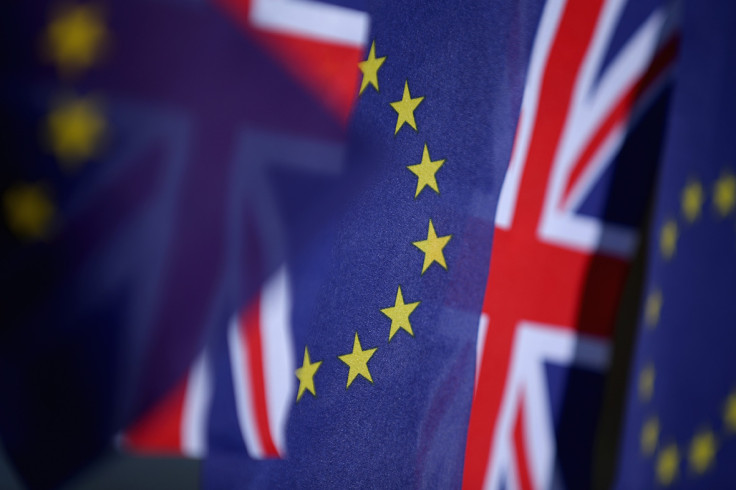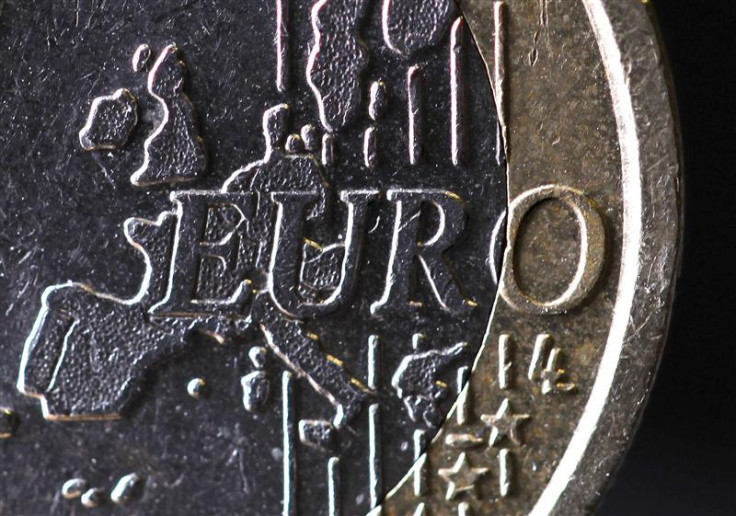An animated history of the European Union
With the United Kingdom due to hold a referendum on its membership of the European Union on 23 June, the question of the EU's importance and Britain's role within it is under major scrutiny.
Ahead of the crucial vote, IBTimes UK has produced a special animated time-lapse map of the European Union, charting its history from foundation as the European Economic Community in 1957, Britain's entry in 1973, the adoption of the Euro by 12 member states in 1999, all the way up until the current state of the EU today.
Timeline of the European Union
1957: Belgium, France, Germany, Italy, Luxembourg and the Netherlands sign the Treaty of Rome, forming the European Economic Community.
1973: First expansion sees Britain, Ireland and Denmark join. Norway rejects joining in a referendum.
1979: First direct, democratic elections to the European Parliament are held.
1981: Greece joins.
1985: Schengen Agreement signed, creating open borders without passport controls between most member states and some non-member states.

1986: Spain and Portugal join. European flag adopted.
1990: East Germany joins after unification and fall of the Eastern Bloc.
1993: European Union formally established following Maastricht Treaty.
1995: Austria, Finland and Sweden join.
1999: A single currency, the Euro, is adopted by 12 of the member states.
2002: Euro notes and coins introduced to these 12 countries: Austria, Belgium, Finland, France, Germany, Greece, Ireland, Italy, Luxembourg, the Netherlands, Portugal and Spain.
Seven countries later join the monetary union: Slovenia, Cyprus, Malta, Slovakia, Estonia, Latvia and Lithuania.

2004: Biggest enlargement to date: Cyprus, the Czech Republic, Estonia, Hungary, Latvia, Lithuania, Malta, Poland, Slovakia and Slovenia join.
2007: Romania and Bulgaria join.
2012: The European Union receives the Nobel Peace Prize.
2013: Croatia joins.
2016: Britain holds a referendum on its continued membership of the EU.
© Copyright IBTimes 2025. All rights reserved.






















